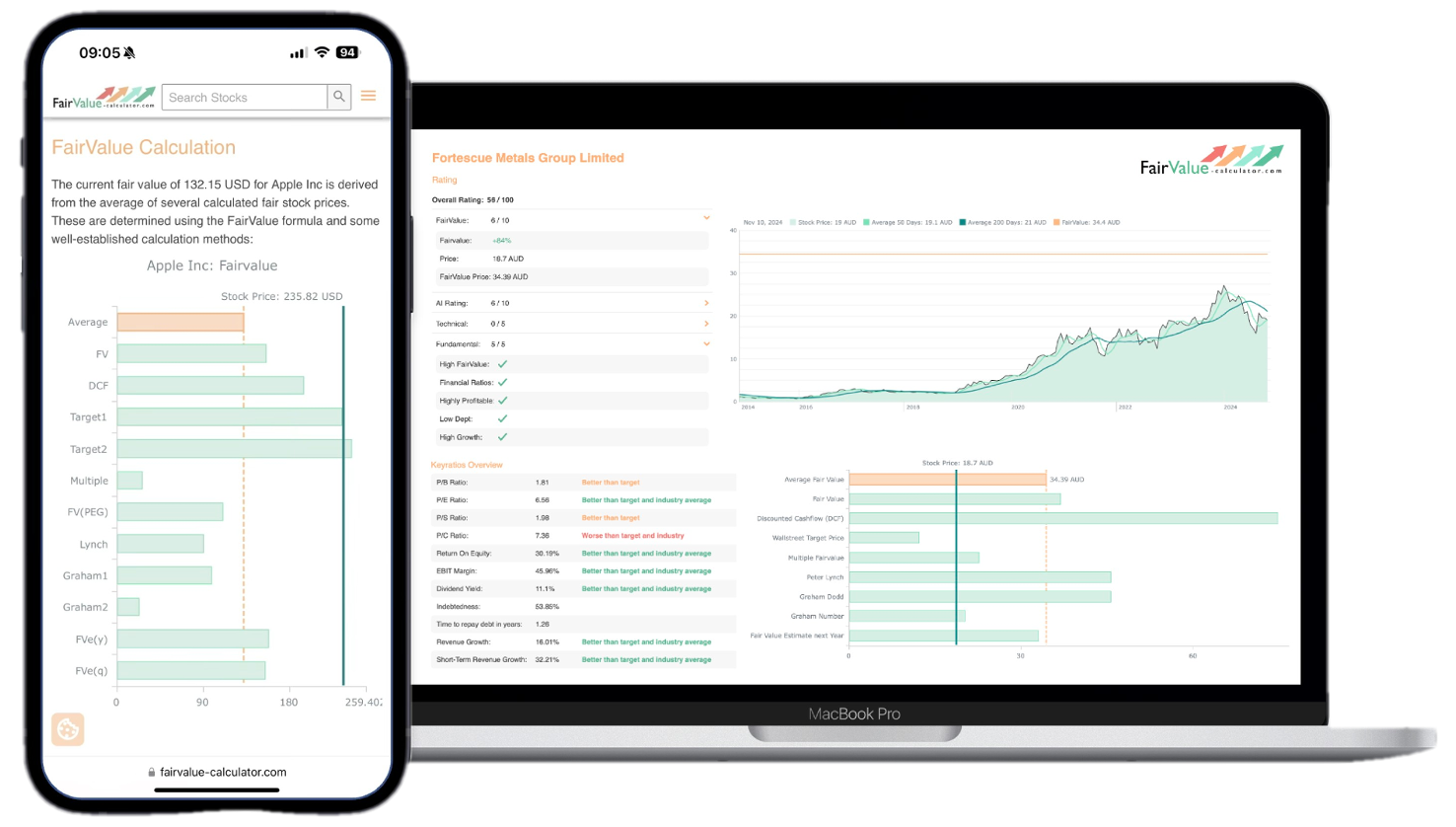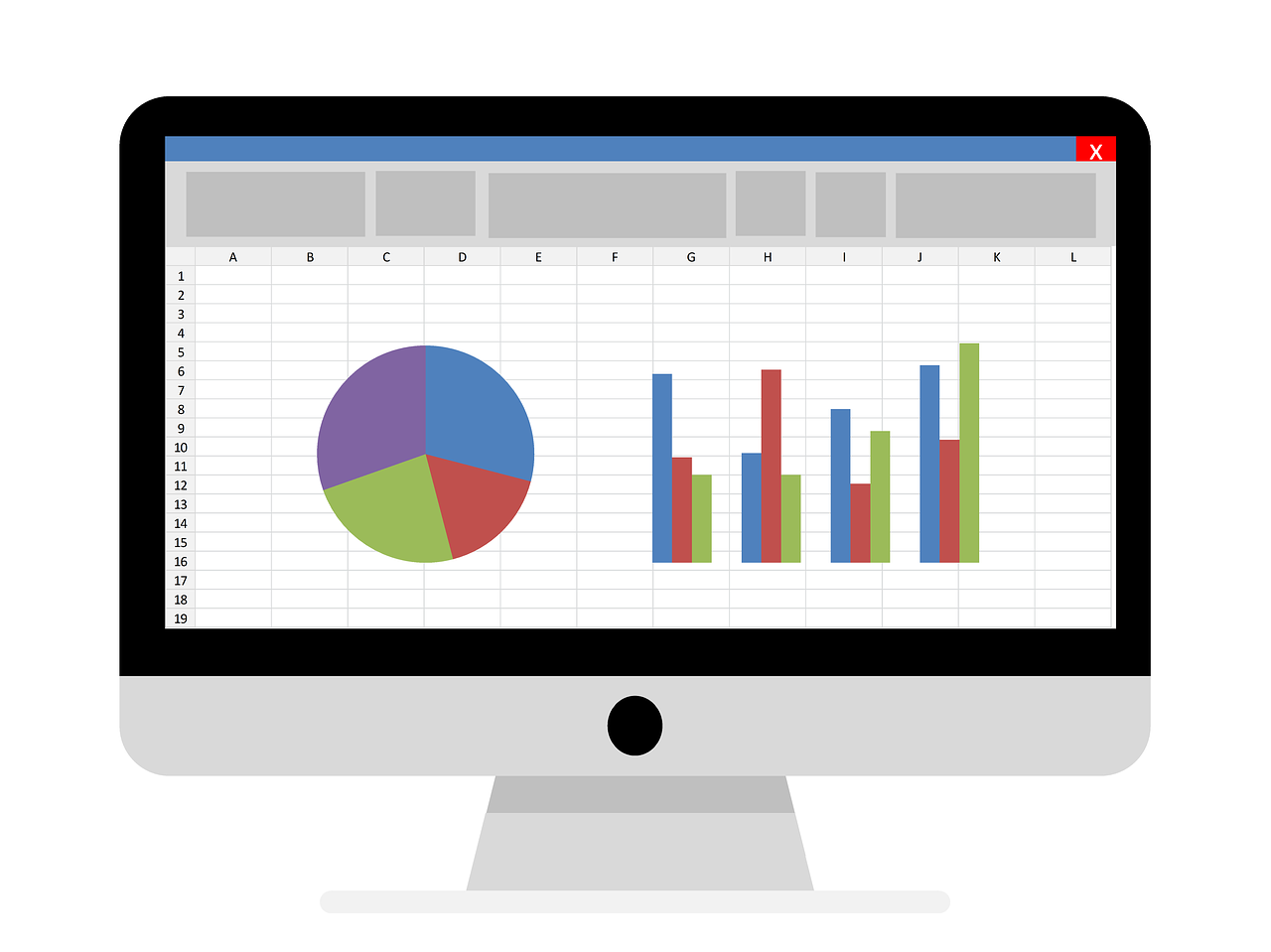When President Trump announced a sweeping 30% tariff on all EU imports and an even more staggering 50% on copper products, the initial tremors felt across global markets quickly turned into significant quakes. These tariffs have not only sent shockwaves through Wall Street, leading to a notable 20% drop in copper futures, but have also ignited intense debate about the true cost of protectionism. As the S&P 500, DAX, and Nikkei all struggle with losses, concerns about an economic slowdown in an already fragile global economy loom large. While some argue these measures defend national interests, others warn of the mounting risks posed by disrupted supply chains and escalating trade tensions.
The repercussions are palpable and widespread—Siemens has cut 2,500 jobs, Stellantis is facing insolvency in China, and Porsche is documenting a downturn in sales. With inflation on the rise and consumer demand diminishing, it’s evident that these tariffs stocks are not just numbers on a graph but real-world indicators of economic turbulence. German industries, particularly automotive and chemicals, are under pressure as input costs soar, highlighting the fragile interconnectivity of global supply chains. In this blog post, we’ll delve into how these new trade barriers are not only impacting market dynamics but also reshaping the global economic landscape. Stay informed and navigate these uncertain times with our premium stock valuation tools at fairvalue-calculator.com.
💡 Discover Powerful Investing Tools
Stop guessing – start investing with confidence. Our Fair Value Stock Calculators help you uncover hidden value in stocks using time-tested methods like Discounted Cash Flow (DCF), Benjamin Graham’s valuation principles, Peter Lynch’s PEG ratio, and our own AI-powered Super Fair Value formula. Designed for clarity, speed, and precision, these tools turn complex valuation models into simple, actionable insights – even for beginners.
Learn More About the Tools →How has the US stock market reacted to President Trump and his administration’s trade deals and tariffs?
Since the announcement of Trump tariffs, US benchmarks have been volatile. The S&P 500 fell nearly 1.8% on the day of the EU tariffs reveal, while the Dow Jones Industrial Average slipped 1.5%. The Nasdaq Composite, sensitive to tech and growth names, dropped over 2%, reflecting fears that higher input costs and supply chain disruption would crimp profit margins. Traders cited mounting uncertainty around global trade and the risk of a broader trade war with the EU and China.
Weak U.S. job market data released concurrently—showing only 180,000 payroll additions vs. the expected 225,000—intensified worries about an economic slowdown. Tariffs stocks, particularly in industrials and materials, saw outsized declines: copper producers plunged on the 20% collapse in copper futures, while chemical makers like BASF slid on elevated raw material costs. Overall, the VIX volatility index spiked above 25, signaling that investors were paying up for downside protection in a climate of uncertainty around protectionism and US-China tensions.
🚀 Test the Fair Value Calculator Now!
Find out in seconds whether your stock is truly undervalued or overpriced – based on fundamentals and future growth.
Try it for Free →Are tariffs to be considered a non-event for the stock market as Lisa Shalett claims?
Chief investment strategist Lisa Shalett has argued that tariffs are largely “priced in” and thus a non-event for long-term equity investors. However, data from the past month paints a different picture: US tariffs on EU goods precipitated immediate drops across the S&P 500, DAX, and Nikkei. Copper prices, a bellwether of industrial health, plunged 20% on the news of 50% duties on copper products, undercutting Shalett’s thesis.
While some sectors have managed to rebound—tech titans with strong balance sheets rallied after the Fed signaled rate stability—export-driven industries have struggled. German industry heavyweights like Volkswagen, Siemens, and BASF saw shares undercut by higher input costs and threatened supply chain disruption. Even if markets eventually adjust, the near-term volatility underscores that these Trump tariffs remain very much an event for equities, contradicting the idea that protectionist measures are muted in their impact.
Explore our most popular stock fair value calculators to find opportunities where the market price is lower than the true value.
- Peter Lynch Fair Value – Combines growth with valuation using the PEG ratio. A favorite among growth investors.
- Buffett Intrinsic Value Calculator – Based on Warren Buffett’s long-term DCF approach to determine business value.
- Buffett Fair Value Model – Simplified version of his logic with margin of safety baked in.
- Graham & Dodd Fair Value – Uses conservative earnings-based valuation from classic value investing theory.
- Intrinsic vs. Extrinsic Value – Learn the core difference between what a company’s really worth and what others pay.
- Intrinsic Value Calculator – A general tool to estimate the true value of a stock, based on earnings potential.
- Fama-French Model – For advanced users: Quantifies expected return using size, value and market risk.
- Discount Rate Calculator – Helps estimate the proper rate to use in any DCF-based valuation model.
What stocks will do well if tariffs continue?
In a continuation of tariffs, defensive and domestically focused names tend to outperform. Utilities and consumer staples, which rely less on imported inputs and global supply chains, often serve as safe harbors. Companies like Procter & Gamble or Consolidated Edison could see relatively stable performance as input cost pressures and trade war anxiety take hold.
In the materials space, certain domestic metal refiners insulated from EU duties may benefit. Copper futures excluding raw copper soared relative to more exposed peers, suggesting that localized producers with lower exposure to EU export tariffs might outperform. Additionally, defense contractors and cybersecurity firms often rally on trade-war fears and calls for supply chain security, making Lockheed Martin or Palo Alto Networks potential beneficiaries if the tariff regime endures.
Is it smart to keep buying stocks when tariffs are tanking the market?
Buying into weakness during market sell-offs can be an effective strategy, provided you focus on fundamentally strong companies with pricing power. Tariffs raise input costs and feed inflation, compressing margins for many firms. However, businesses that can pass on higher costs to consumers—think luxury brands like Hermès or essential-goods producers—often maintain profitability. In an environment of tariffs stocks tumbling broadly, selective buying in resilient sectors may boost risk-adjusted returns.
That said, consider layering in positions gradually while monitoring key indicators: real-time copper prices, German industry output data, and U.S. job market reports. A data-driven, emotion-free approach helps navigate periods of volatility driven by protectionism and global trade tensions. Using our premium stock valuation tools at fairvalue-calculator.com can further guide optimal entry points even as Trump tariffs fuel market turbulence.
How do tariff policies actually impact stock prices of different industries in practice?
Tariffs can jolt industries in two primary ways: by raising input costs and by triggering retaliatory measures that curb export demand. For example, the new 30% EU tariffs on machinery raise costs for U.S. appliance manufacturers that rely on imported parts. Their share prices often drop as margin forecasts are revised downward.
Similarly, 50% levies on copper products directly squeezed copper fabricators’ profitability, cutting futures prices by 20% and dragging down stocks of exposed companies. Conversely, domestic substitutable producers saw less downside, and in some cases modest gains. Overall, the stock market impact varies based on supply chain exposure, pricing power, and the ability to secure alternative sourcing.
Impact of President Trump’s Tariffs on EU Imports
President Trump’s 30% EU tariffs have wide-reaching implications for U.S. industries. Imported German machinery, steel, and automotive parts now carry a hefty surcharge, prompting many manufacturers to scramble for alternative suppliers or rethink production footprints. Stocks of U.S. assemblers like Ford and GM dipped as analysts cut earnings outlooks, forecasting a 5–7% hit to operating margins in the next two quarters.
Meanwhile, several EU companies responded by filing WTO complaints and threatening legal action. The uncertainty around final duty structures has weighed on share prices of EU exporters listed on U.S. exchanges, such as BMW and Airbus. The tariffs stock market impact extends beyond immediate cost shocks—investors price in slower trade, cross-border capital reallocation, and potential inflationary spillovers.

Consequences of the % Tariff on EU Imports
The 30% EU tariffs have already triggered a cascade of consequences. Raw material and intermediate goods now cost U.S. firms significantly more, raising production costs across the board. Analysts at Goldman Sachs estimate that these tariffs could subtract 0.3 percentage points from U.S. GDP growth in 2025.
Consumer prices are also at risk: with firms passing higher costs downstream, inflation could remain elevated above the Fed’s 2% target well into 2026. Stocks of consumer discretionary companies have underperformed—Target, for instance, saw its shares slip 6% after warning of narrowing margins due to higher import duties.
Analysis of Market Reactions to the Tariffs
Equity markets reacted swiftly to the Trump tariffs. On August 1, the S&P 500 opened down 1.5%, with financials and industrials leading the decline. The DAX shed 2.2%, reflecting heavy exposure to EU trade, while Japan’s Nikkei fell 1.8% on fears of global slowdown.
Safe-haven assets benefited: U.S. Treasuries rallied, pushing the 10-year yield below 3.3%, and gold jumped 1.4%. Currency markets saw the dollar strengthen against the euro and yen, as investors sought stability amid trade-war jitters. These moves underscore how Trump tariffs ripple across asset classes, fueling risk-off sentiment and driving a repricing of global growth expectations.
Debates Surrounding Protectionism vs. Global Trade
The new tariffs have reignited the age-old debate: are protectionist measures a necessary defense of domestic industry or a destructive force undermining global growth? Proponents argue that tariffs on EU steel and machinery defend U.S. manufacturers and create jobs at home. They point to German inflation data showing costs rising by 5% year-over-year as evidence that Europe bears a share of the burden.
Critics counter that protectionism chokes off efficient supply chains, raises consumer prices, and invites retaliation—traits that ultimately harm the global economy. They warn that U.S. exporters will face more obstacles in EU markets, fueling a negative feedback loop of tit-for-tat measures. The ongoing US-China tensions serve as a reminder that sustained trade wars can shave multiple percentage points off global GDP growth.
Effects of Tariffs on Wall Street and Global Stock Markets
Wall Street sold off sharply as the tariff news hit, with the S&P 500 losing over 6% in the seven trading days following the announcement. Earnings estimates for S&P 500 companies were revised downward by an average of 3% for fiscal 2025, according to FactSet. Margin compression from higher input costs was the primary culprit.
International markets mirrored the U.S. slump: Europe’s STOXX 600 fell 5%, and emerging-market equities dropped 4%. Commodity-dependent economies like Australia and Brazil underperformed as copper prices plunged 20%. Safe-havens such as U.S. Treasuries and Japanese government bonds rallied, demonstrating a classic risk-off rotation amid global trade tensions.
Corporate Responses to the Tariffs: Siemens, Stellantis, and Porsche
Siemens announced a plan to cut 2,500 jobs in its EU manufacturing units to offset higher tariffs stocks on imported steel and machinery components. The company warned that input costs could rise by up to 12%, squeezing operational margins. Its share price fell 4% on the day of the layoffs announcement.
Stellantis took more drastic measures, filing for insolvency protection in China as supply chain disruption and retaliatory duties cut into its Chinese joint-venture profits. Porsche, meanwhile, reported a 7% drop in Q2 sales, attributing much of the shortfall to elevated costs and delayed shipments. These corporate responses highlight how protectionist policies can force strategic pivots, job cuts, and distress filings.
Rising Inflation and Diminishing Consumer Demand
Tariffs on EU imports have fueled inflationary pressures by raising costs for businesses and consumers alike. The Consumer Price Index jumped 0.4% in July, pushing year-over-year inflation to 3.1%, well above the Fed’s 2% target. Higher prices for automobiles, appliances, and electronics are now filtering into core inflation metrics.
As wallets tighten, consumer demand is cooling. Retail sales growth slowed to 0.2% month-over-month in July, down from 0.7% in June. Surveys from the Conference Board show consumer confidence dipping to 101.4, the lowest since early 2024. This pullback suggests that elevated tariffs stocks effects are moving beyond business margins to final-demand weakness.
Disrupted Supply Chains and Trade Tensions
Protectionism has a cascading effect on global supply chains. Companies are rerouting production, seeking alternative suppliers, or reshoring operations to avoid punitive EU and China tariffs. Automotive OEMs, in particular, are scrambling to localize key components, driving up costs and delaying new model launches.
Trade tensions have also extended to US-China relations, with additional levies on semiconductors and rare-earth minerals. This broadening of tariff skirmishes complicates inventory planning and capital expenditure decisions. Firms with global footprints face a patchwork of tariffs, making the era of just-in-time manufacturing increasingly untenable.
Conclusion: Navigating the Uncertain Global Economic Landscape
In the wake of Trump’s new tariffs stocks measures, markets have clearly signaled their discomfort. With global indices down, copper prices in freefall, and major corporations trimming workforces, it’s evident that protectionism carries significant costs beyond headline job claims. Investors must balance the risks of prolonged trade barriers against pockets of opportunity in defensives and domestically focused names.
As inflation ticks upward and consumer demand softens, the interplay between protectionism and global trade will remain at the forefront of economic debate. Staying data-driven and emotion-free is crucial to navigate this uncertain landscape.
👉 “Use our premium stock valuation tools at fairvalue-calculator.com to stay ahead of market volatility. Data-driven, emotion-free investing – even in uncertain times.”







